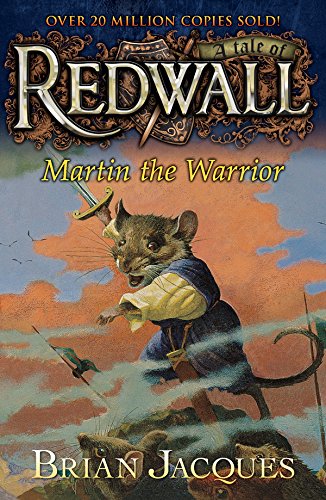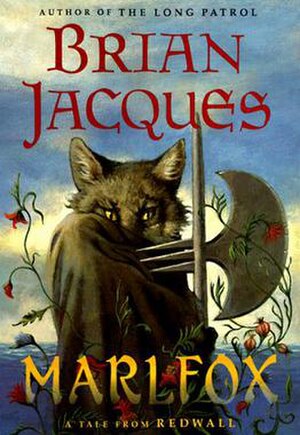Environmental
fiction is often bracketed into a narrow shelf. The Kim Stanley Robinsons and
Jeff Vandermeers and a few Atwoods. The best books maintain elements of “fun”
reading, like The Southern Reach Trilogy but
in general these books have a #message. Otherwise, why would we call them
environmental?
I’d
like to challenge such an idea. On the academic and activist sides of the
environmentalists, intersectionality is the hot word. Is Flint, Michigan an
environmental issue? Yes. Does the situation also contain issues of race and
class? Yes. As the intersections of environmental issues continue to grow, I
wonder if we will reimagine old texts as more environmental than we thought.
For example, Tolkien is not usually placed on the environmental shelf beside
Vandermeer, but how can he not be seen as an environmental writer, especially
when one gets to the know the man who could spend half an hour looking at a
flower?
Speculative
literature has long been lauded for its ability to produce empathy since so
much of the genre is about understanding other
places/people/races/species/whatever. In particular, I wonder about the impact
of the genre’s inclusion of animals and nonhuman beings as a common element in
speculative literature.
There’s
no perfect word for referring to other-than-humans. For the purpose of this
column, I’ll use nonhuman, which I still find way too human centric, but it’s
common in academic fields as well as the speculative side of things. What is a
nonhuman, you ask? Usually another other living thing, though “living” is
pretty broad. For example, a tree can be nonhuman (take Ents, for example). But
so can a mountain or a river.
In
the discussion of nonhuman beings, one is often discouraged from projecting human
characteristics on them. I heard this a lot in my writing workshops at my
environmental MFA. If you give a river emotion, you are forcing it into the box
of human understanding. This distinction will become more developed as new
writers come into speculative literature, but I wonder about evaluating older
literature with this set of rules. Humans are animals, after all. The human
body is a type of biome, much like a mountain.
When
I look back on my road to environmentalism, the books that impacted my thinking
often contained anthropomorphic beings. In particular, the Redwall series sticks out from the shadows of childhood. Written by
Brian Jacques, the series spans twenty books. While not clearly chronological,
they can be read in certain orders to tease out repeating characters. The
novels revolve around several enduring places rather than characters or
plots—Redwall Abbey, Salamandastron, and Mossflower Woods. The beings that
populate these places are mice, moles, hedgehogs, shrews, hares, badgers,
otters, rats, owls, snakes, etc. They carry swords, wear habits, cook scones,
and fight wars. For the most part, they are explicitly human with one key
difference—they rarely subjugate other animals (example, riding a horse). It
does happen (book one, Redwall, contains
the most specific instance with the villain whipping a horse), but animal subjugation
is less often than in such a text as Wind
in the Willows.
Today,
animal studies theorists and environmental writers would most likely raise an
eyebrow at claiming Brian Jacques as an environmental writer. For me, it comes
back to empathy. These stories made me see a mouse as something worthy of
respect. One could argue that the respect grew out of the human attributes
rather than the animal aspects, but I can’t help but feel it something more.
That respect for these creatures as having worlds of their own (even if it was
their humanity appealing to me as a child) created a foundation I’ve built on
since then.
It
is fantasy, after all. Should we continue to explore new ways to respect nonhumans
through our human storytelling—yes, but I wonder at the power of giving animals
humanity in the eyes of a child, to give rich lives to the animals a child
recognizes as “pests,” such as a mouse. I’ll leave you with this quote from
Tolkien’s essay “On Fairy-stories:” “We should look at green again, and be
startled anew (but not blinded) by blue and yellow and red. We should meet the
centaur and the dragon, and then perhaps suddenly behold, like the ancient
shepherds, sheep, and dogs, and horses—and wolves. This recovery [fantasy]-stories
help us to make. In that sense only a taste for them may make us, or keep us,
childish.”
Posted by Phoebe Wagner, a writer living in the high desert. She can be found on Twitter @pheebs_w

